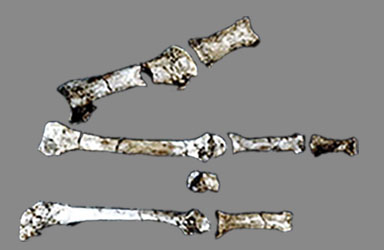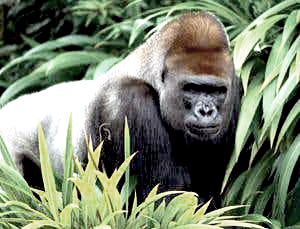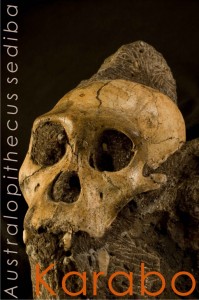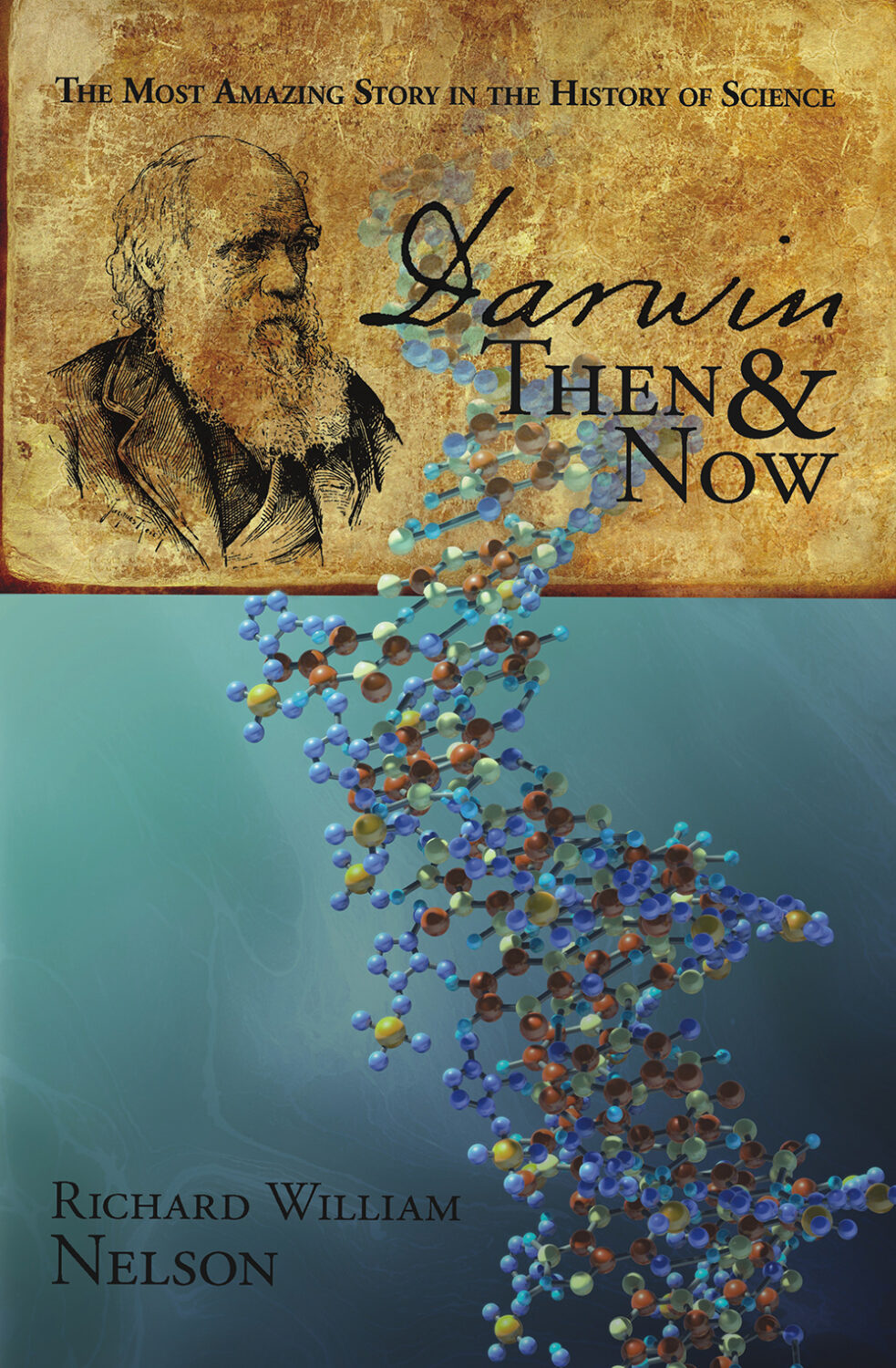by Richard William Nelson | Apr 3, 2012
 The sequence of biological events leading to hominin locomotion has long intrigued evolution scientists.
The sequence of biological events leading to hominin locomotion has long intrigued evolution scientists.
Last week, the journal Nature reported on a hominin-like foot discovered in Eastern Africa.
Entitled “A new hominin foot from Ethiopia shows multiple Pliocene bipedal adaptations,” the finding raises questions about the evolution of hominin locomotion.
Continue Reading
by Richard William Nelson | Mar 13, 2012
 The “Insights into hominid evolution from the gorilla genome sequence” report, published by the British journal Nature this last week, stands as a historical milestone in the study of human origins, sequencing the gorilla genome.
The “Insights into hominid evolution from the gorilla genome sequence” report, published by the British journal Nature this last week, stands as a historical milestone in the study of human origins, sequencing the gorilla genome.
Aylwyn Scally (pictured right below) at the Wellcome Trust Sanger Institute led the research team to complete the gorilla genome sequence project, the last genus of the living great apes to have its genome decoded. The use of gorilla genome sequences, Scally explains –
“Will promote a deeper understanding of great ape biology and evolution.”
The findings change the evolution narrative.
Continue Reading
by Richard William Nelson | Dec 11, 2011
 Anomalocaris, an ancient three-foot-long shrimp-like creature, is an evolutionary anomaly. Anomalocaris (pictured left) is Greek for “anomaly shrimp.”
Anomalocaris, an ancient three-foot-long shrimp-like creature, is an evolutionary anomaly. Anomalocaris (pictured left) is Greek for “anomaly shrimp.”
The origin of this marine creature’s compound eye, a species first discovered by Charles Doolittle Walcott in the Canadian Rockies at an elevation of over 7,000 feet above sea level, has long puzzled evolution scientists. Where did the freakish eyes originate, and how did they end up in the Canadian Rockies?
The findings have no natural explanation.
Continue Reading
by Richard William Nelson | Sep 18, 2011
 In the journal Science, the September 9 edition, a collection of reports generated a storm of controversy on the evolutionary status of Australopithecus sediba. Nicknamed Karabo, meaning “answers,” the fossils have emerged as the latest human ancestor candidate.
In the journal Science, the September 9 edition, a collection of reports generated a storm of controversy on the evolutionary status of Australopithecus sediba. Nicknamed Karabo, meaning “answers,” the fossils have emerged as the latest human ancestor candidate.
While last week’s topic focused on Karabo’s transitional links, this week examines the dating of these two remarkable fossilized skeletons recovered from the Malapa site in South Africa.
The Karabo dating surprised the investigators.
Continue Reading
by Richard William Nelson | Sep 12, 2011
 The Australopithecus sediba saga intensified last week with a new series of reports published in the journal of Science. The journal is the official weekly publication of the American Association for the Advancement of Science, AAAS.
The Australopithecus sediba saga intensified last week with a new series of reports published in the journal of Science. The journal is the official weekly publication of the American Association for the Advancement of Science, AAAS.
Last week’s edition (cover pictured left) featured eight articles and news reports specifically on A. sediba, inflaming a flurry of speculations on the human “missing link.”
This last week was the second Science edition to focus on human evolution findings in South Africa.
Continue Reading
 The sequence of biological events leading to hominin locomotion has long intrigued evolution scientists.
The sequence of biological events leading to hominin locomotion has long intrigued evolution scientists.
 The “Insights into hominid evolution from the gorilla genome sequence”
The “Insights into hominid evolution from the gorilla genome sequence” 

 The
The 